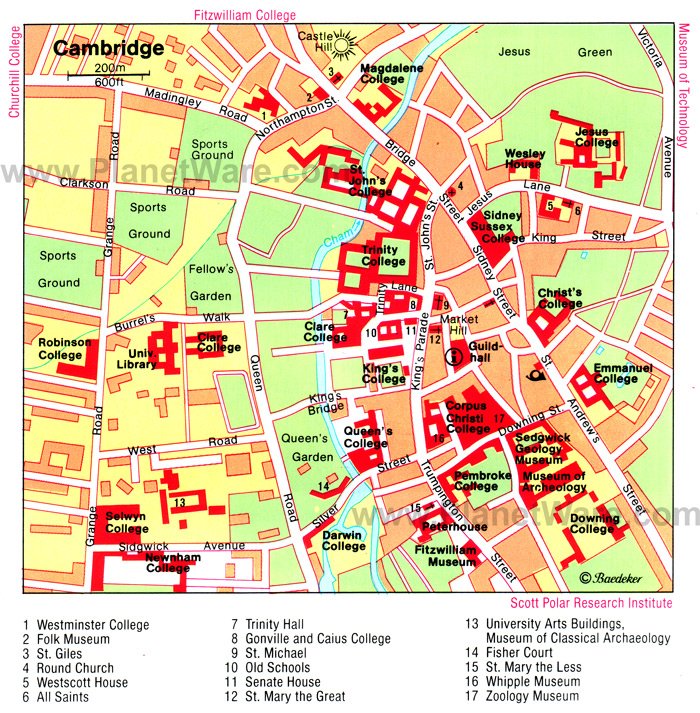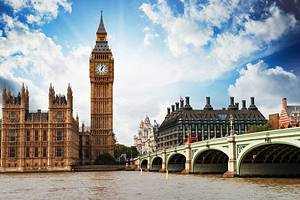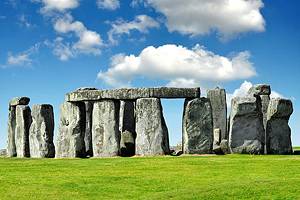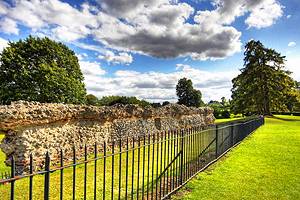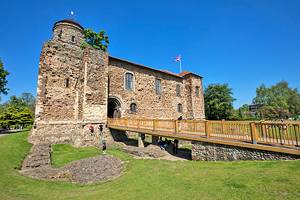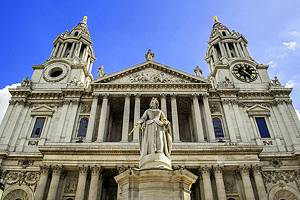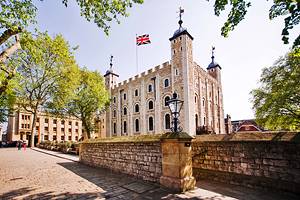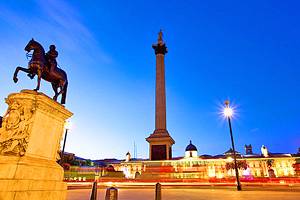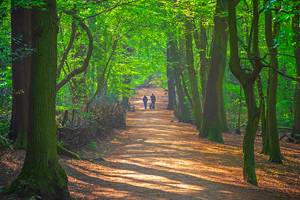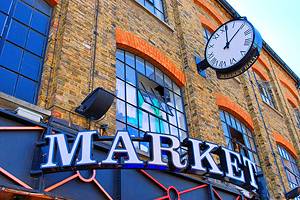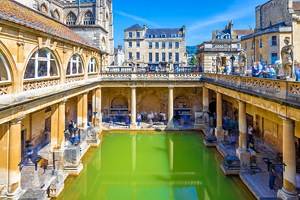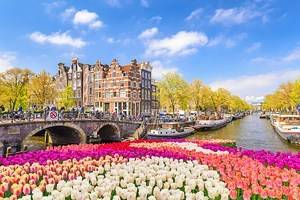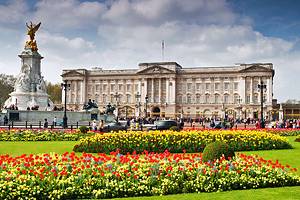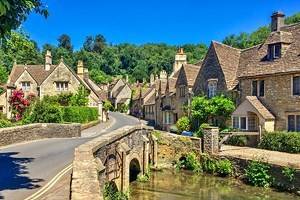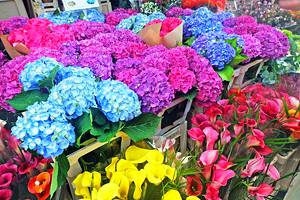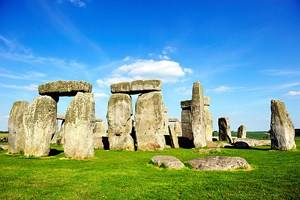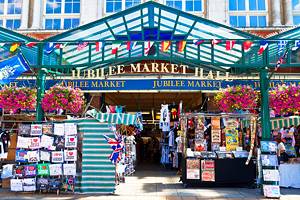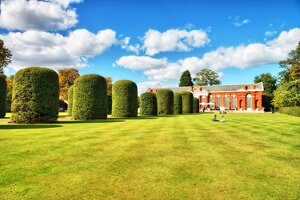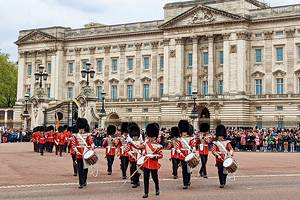Tourist Attractions in Cambridge, England
Famous the world over for its university, Cambridge lays claim to having one of the highest concentrations of preserved historic buildings anywhere in England.
Most of this architectural splendor is centered around Cambridge University's 31 colleges, each rich in tradition. The first of these "schools" was established in the 12th century by immigrant scholars from Paris, and the first college, Peterhouse, was founded in 1284.
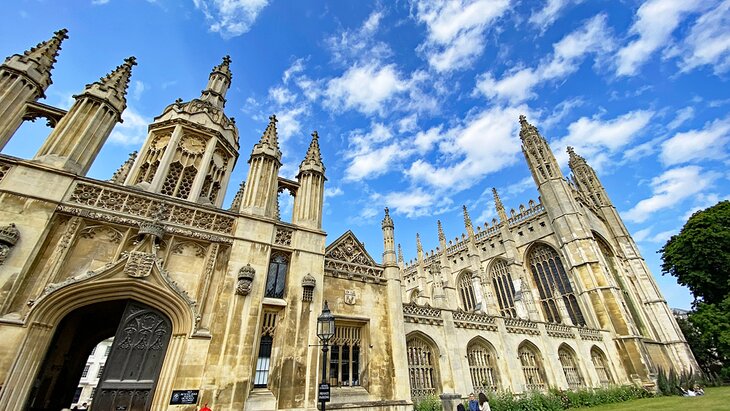
Long before the university was founded, Cambridge was already an important Norman fortification. Although its castle was short-lived, Castle Mound can still be seen near Shire Hall and affords great views over the city. The city remains to this day an important market town. Market Hill, originally the center of Cambridge's ancient wool trade, still serves as the location of the city's busy marketplace.
Despite its medieval character, Cambridge is a thoroughly modern town that hosts a variety of top-notch cultural events throughout the year. These include the Midsummer Fair, over 800 years old and held in the same location on Midsummer Common; the famous Cambridge Folk Festival, one of the largest and longest running in Europe; and the world-class Cambridge Film Festival.
It's also popular for its numerous green spaces. These include the 25-acre Parker's Piece, famous as the birthplace of modern football, and the Victorian-era Christ's Pieces, known for its lovely ornamental trees and flowerbeds.
For more sightseeing ideas in one of the most popular places to visit in England, be sure to read our full list of the top tourist attractions in Cambridge.
The Fitzwilliam Museum
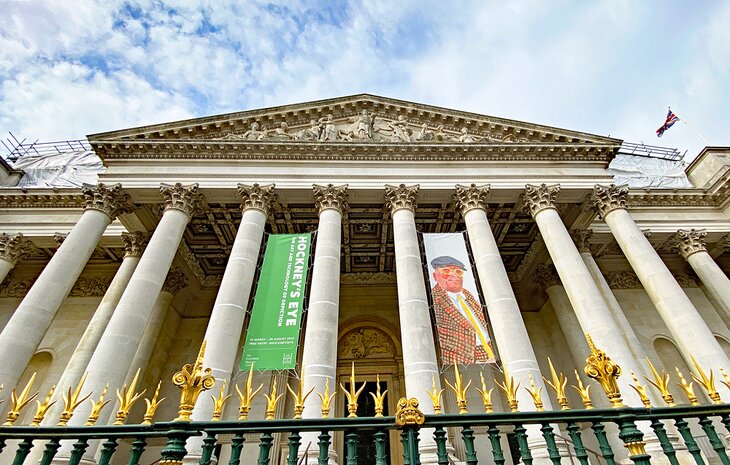
The most famous museum in Cambridge, The Fitzwilliam should be included on everyone's must-see list of tourist attractions. This masterpiece of architecture contains a magnificent collection of English pottery and china, as well as Greek, Roman, and Egyptian antiquities. It's also known for its rare illuminated manuscripts.
The exceptionally fine art gallery has works by Hogarth, Gainsborough, and Turner, as well as Impressionists and Dutch Masters of the Baroque including Rembrandt, Van Dyck, and Rubens. There's also a great café on-site, along with a gift shop.
Address: Trumpington Street, Cambridge
Official site: www.fitzmuseum.cam.ac.uk
Explore the River Cam
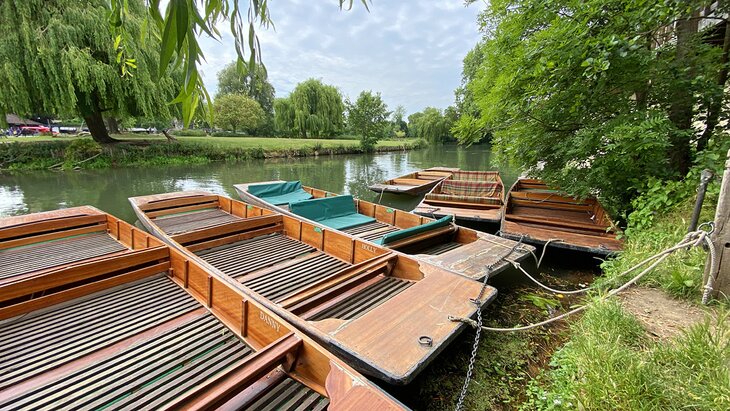
One of the most popular things to do in Cambridge is to spend time exploring the River Cam, which runs through the heart of the city. You can cross the Cam in a number of places that offer great views of the river.
One of the most picturesque spots is the Silver Street Bridge. From here, you'll get some excellent photos of the famous Mathematical Bridge one side and over the docked punting boats, or "punts," toward Landress Green and Sheep's Green.
Follow the riverside path, and you'll also find the Punt Lift Rollers, an interesting spot where you can watch crews and eager tourists portaging their vessels from one body of water to another.
Some of the best views, though, can be had from the water itself, as the Cam passes extremely close to some of the most attractive college buildings. In addition to fun chauffeured tours where a crew member, usually a student, does the punting for you, rentals are also available by the hour for those wanting to go it alone.
King's College and King's College Chapel
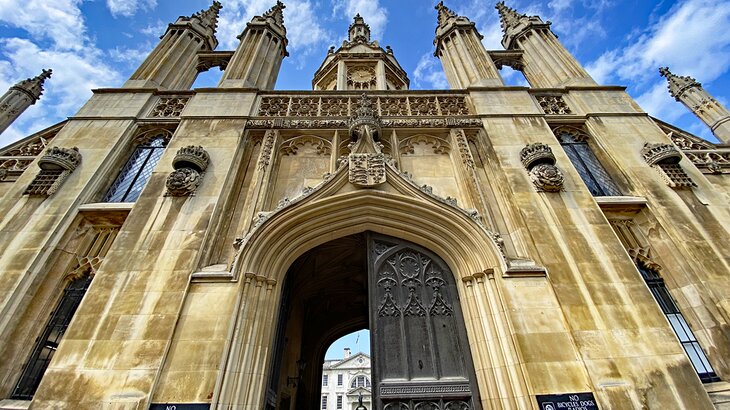
Founded in 1441 by Henry VI and the earliest of the royal foundations, King's College is worth visiting for the huge expanse of lawn extending down to the river and King's Bridge. Here, you'll enjoy lovely views of the Backs, the various college grounds along the riverside. Distinguished alumni includes writer Horace Walpole, poet Rupert Brooke, and economist Lord Keynes.
A must-see here is King's College Chapel. Renowned for its 12-bay perpendicular-style interior, as well as its breathtaking fan vaulting by John Wastell (1515), it's a must-see in Cambridge.
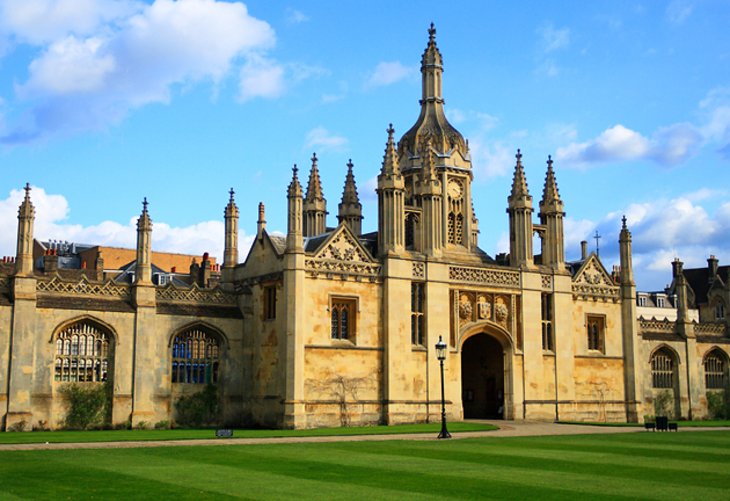
Also worth checking out: the lovely tracery on the windows and walls; the spectacular 16th-century stained-glass windows; the lavishly carved 16th-century wooden organ screen and choir stalls; and the altarpiece, Rubens' Adoration of the Magi (1634).
Hot Tip: If visiting during term time, be sure to attend Evensong to hear the world famous King's College Choir in action.
Address: King's Parade, Cambridge
Official site: www.kings.cam.ac.uk
Queens' College and the Mathematical Bridge
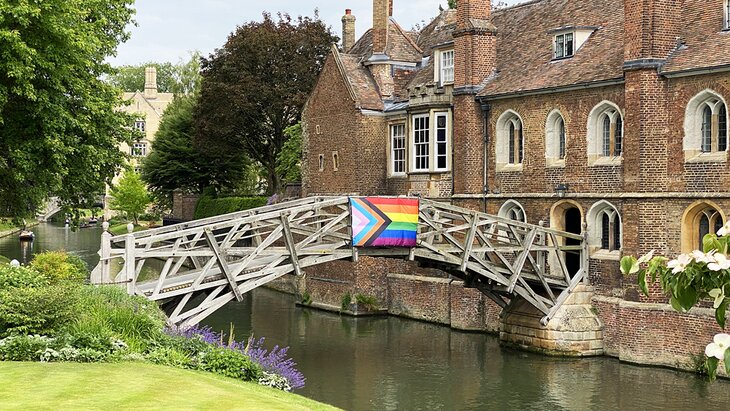
Founded in 1448 by Andrew Dockett under the patronage of Margaret of Anjou, wife of Henry VI, Queens' College was refounded in 1465 by Elizabeth Woodville, wife of Edward IV. It has the most complete medieval buildings of all Cambridge's colleges, including the magnificent gateway leading to the red brick First Court, dating from the period of foundation.
Other Queens' College sites to visit include the wooden Mathematical Bridge. This 1902 reconstruction leads over the Cam to the lovely college gardens, and is so called because it was built without nails, relying for its strength on meticulous calculation.
Also worth seeing are Cloister Court (1460) with the President's Lodge, a handsome half-timbered building, and Pump Court. Here, you'll find the Erasmus Tower above the rooms, occupied by Erasmus when he taught Greek here (1511-1514).
Walnut Tree Court (1618), Friars Court with the Erasmus Building (1961), and the Victorian chapel (1891) are also worth seeing.
Address: Silver Street, Cambridge
Official site: www.queens.cam.ac.uk
Cambridge University Botanic Garden
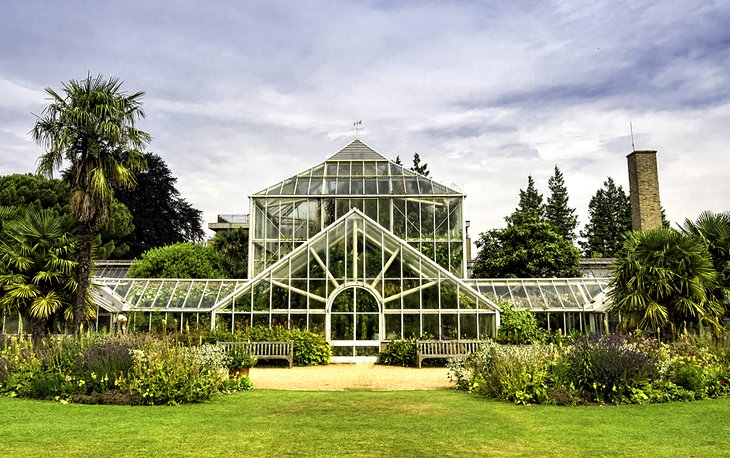
Covering an area of some 40 acres, a visit to Cambridge University Botanic Garden is a must-do for gardening enthusiasts. Established in 1831, the garden showcases an impressive collection of more than 8,000 species of plants from across the globe.
Be sure to spend time wandering through the garden's many glasshouses and trails, something that can be done as part of a guided tour, which are free on Sundays. Afterwards, visit the Garden Café and Botanic Garden Shop.
Be sure to check out their website for news of upcoming events and festivals.
Address: 1 Brookside, Cambridge
Official site: www.botanic.cam.ac.uk/Botanic/Home.aspx
Great St. Mary's Church
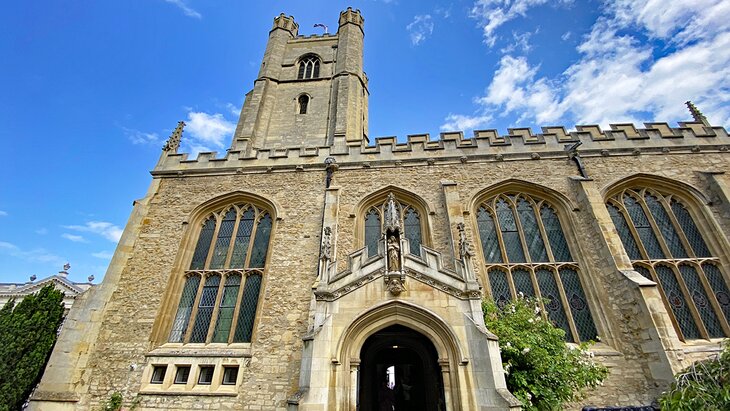
Great St. Mary's Church is both a parish and university church. Built in the 15th century, it has a fine interior, its galleries being added in 1739 at a time when university sermons, given by great scholars, attracted huge congregations. The tower, erected in 1608, is famous for its views over Cambridge.
Also worth a visit is Little St. Mary's. Known as St. Mary the Less, this Anglican parish church is famous for its many fine stained-glass windows.
Another important church, the Gothic Revival Church of Our Lady and the English Martyrs, one of the largest Roman Catholic churches in Britain, was built in 1885 and houses a rare statue of the Virgin Mary.
Location: Senate House Hill, Cambridge
The Round Church
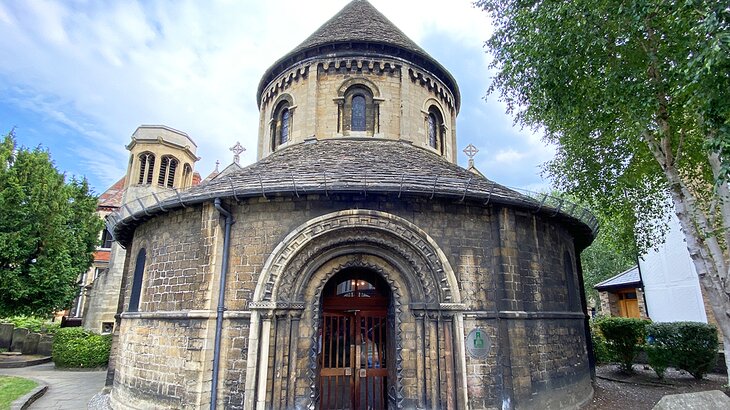
Better known as the Round Church, the Church of the Holy Sepulchre is one of only four Norman round churches left in England. Built in 1131, its rectangular chancel was added in the 15th century.
This is one of the prettiest small churches in England. Visitors can get the most from their visit by joining an informative guided walk that includes the church and its surroundings. While best booked in advance, you can also purchase tickets in the Round Church Visitor Centre subject to availability.
Address: Round Church Vestry, Bridge Street, Cambridge
Official site: https://roundchurchcambridge.org
Trinity College
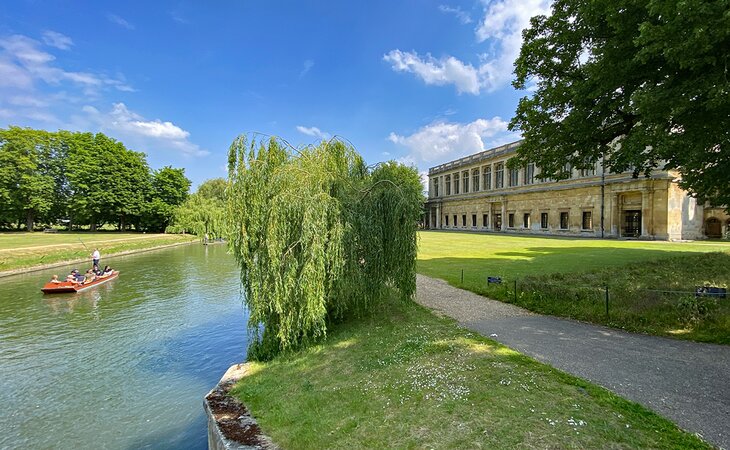
Established in 1546 by Henry VIII, Trinity College was created by the merger of several older colleges, including Michaelhouse and King's Hall. Beyond King Edward's Gate (1418), parts of the old King's Hall buildings are still identifiable.
Trinity Great Court is the largest court in Cambridge and was laid out around 1600. A passage leads into Nevile's Court (1614), with its chapel and statues of distinguished scholars. Wren's Library, designed by famed architect Sir Christopher Wren and added later, is notable for its old oak bookcases and fine lime woodcarvings.
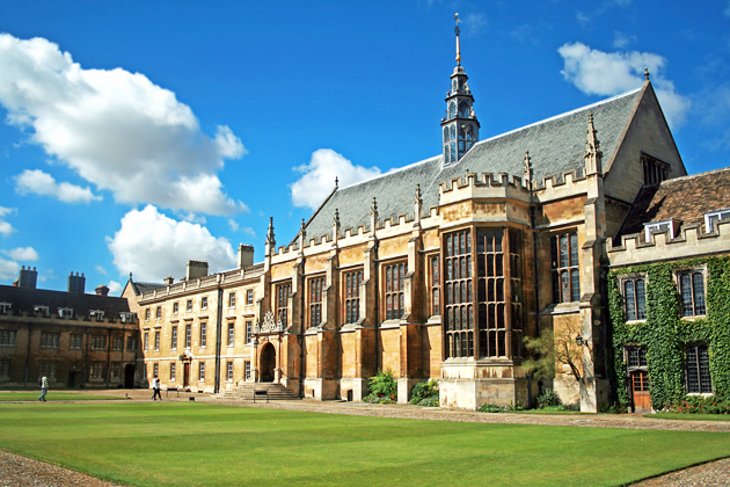
Trinity has more distinguished former members than any other college. These include statesmen Austen Chamberlain, Stanley Baldwin, and Nehru; poets and writers such as George Herbert and Edward Fitzgerald; philosopher Bertrand Russell; and scientist Isaac Newton. Edward VII and George VI also attended Trinity.
From New Court, or King's Court, take the bridge over the Cam for its beautiful view of the Backs. A magnificent avenue of limes leads to the College Grounds.
Location: Trinity College, Cambridge
Official site: www.trin.cam.ac.uk
Anglesey Abbey, Gardens, and Lode Mill
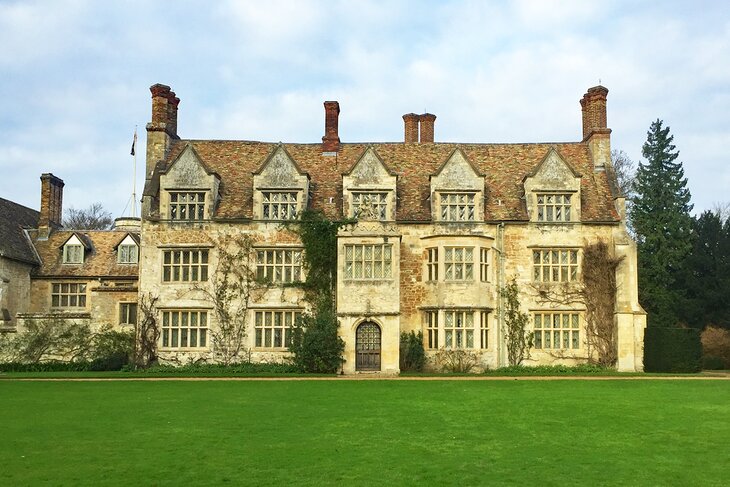
Although built in the 12th century, Anglesey Abbey was refurbished in 1926 and came to be known as a house of fine art and furnishings. Now a National Trust property, this spectacular home contains numerous tapestries by the likes of Gobelin, Soho, and Anglesey. There's also an art collection featuring Constable's The Opening of Waterloo Bridge.
Be sure to spend time enjoying the surrounding gardens and 114 acres of parkland. These impressive grounds include the Wildlife Discovery Area, where younger visitors can watch birds and bugs in their natural habitats, and the Lime Tree Lookout.
Afterwards, visit the historic water mill, known as the Lode Mill. Here, you can watch the grindstones do their job. Be sure to check the attraction's website for news of special events.
Address: Quy Road, Lode, Cambridge
Official site: www.nationaltrust.org.uk/anglesey-abbey-gardens-and-lode-mill
Museum of Archaeology and Anthropology
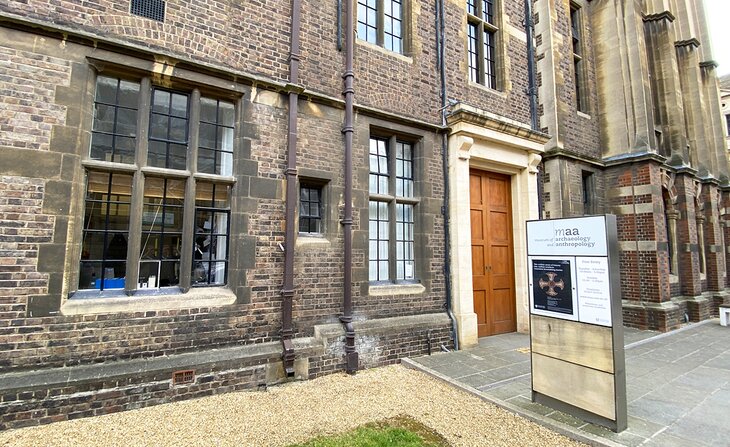
Developed by Cambridge University in 1884, the Museum of Archaeology and Anthropology holds an important collection of prehistoric material and artifacts dealing with social anthropology. Collections have been gathered from around the world and include pieces from Africa and the Orient, with a focus on the visual and classical arts.
Of particular note is the Pacific collection, taken mainly from Cook's explorations, and other research projects made by notable British anthropologists. Regular educational programs for kids and adults are held throughout the year (check their website for details).
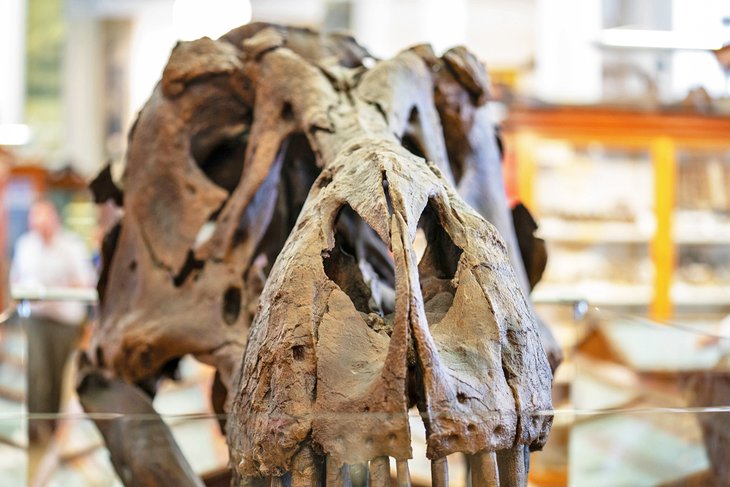
You'll also want to visit the Sedgwick Museum of Earth Sciences, too. This fascinating museum houses the university's geology collection, including some two million minerals, rocks, and fossils. Highlights include numerous meteorite specimens, as well as the Beagle Collection consisting of fossils and rocks gathered by Charles Darwin between 1831 and 1836. The museum also offers a wide variety of family activities and kids' programs.
Also of interest is the newly refurbished University Museum of Zoology. Highlights of this recently renovated Cambridge attraction include a large collection of scientifically important zoological material.
Address: Downing Street, Cambridge
Official site: https://maa.cam.ac.uk
Peterhouse College
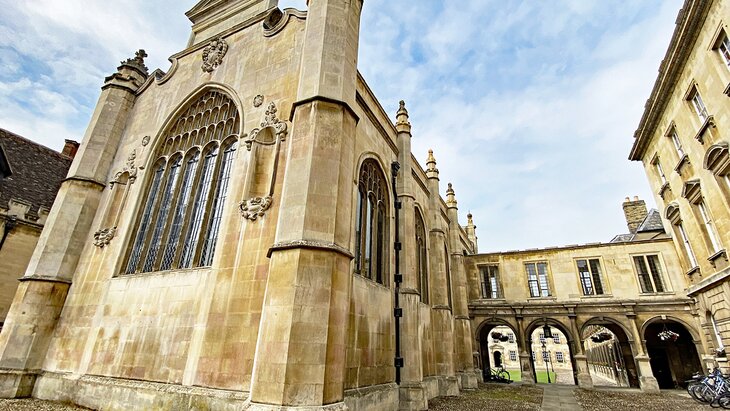
The oldest, and also one of the smallest, of Cambridge's colleges, Peterhouse was founded in 1284. Its historic hall and storeroom on the south side of Old Court are the earliest of the original 13th-century buildings. Among those who studied here were Cardinal Beaufort, chemist Henry Cavendish, and poet Thomas Gray.
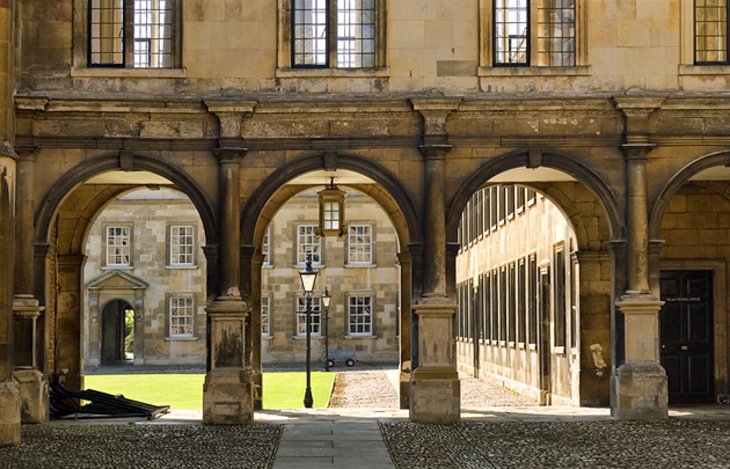
Check out the Peterhouse Chapel, a focal point of the college for more than 700 years. Worth seeing are the stained-glass windows (imported from Munich in the 1850s) and the 17th-century altar window. For a truly memorable experience, enquire about Peterhouse's summer accommodation rentals.
Address: Trumpington Street, Cambridge
Official site: www.pet.cam.ac.uk/
Pembroke College
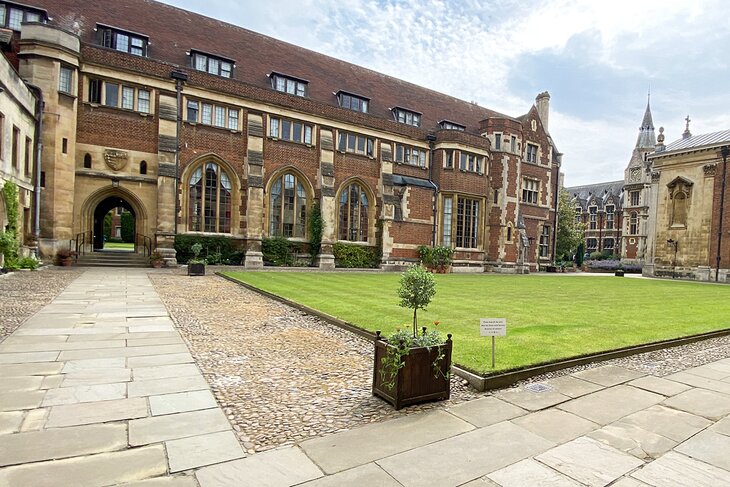
Pembroke College was founded in 1347 by the Countess of Pembroke but has been greatly altered since. The chapel (1665) is famous as architect Christopher Wren's first work and was later extended in 1881.
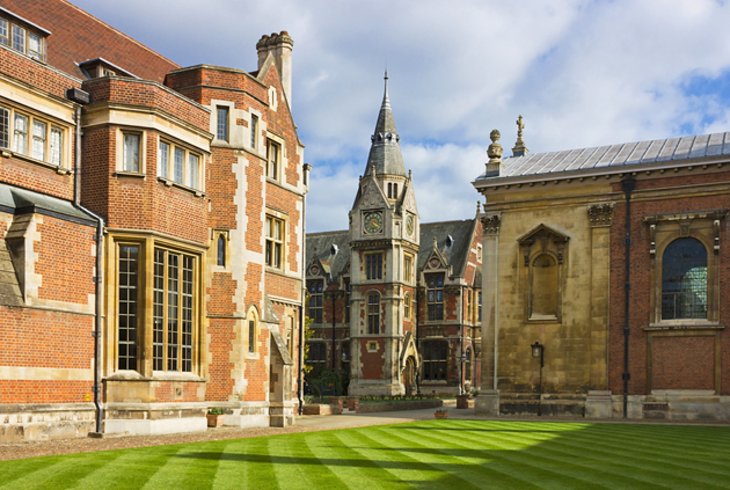
Pembroke has produced many bishops and poets, the most celebrated being Edmund Spenser (1552-99). Reformist bishop Nicholas Ridley, burned at the stake in Oxford, and statesman William Pitt also took their degrees here. A visit usually includes seeing the grounds and the chapel.
Address: Trumpington Street, Cambridge
Official site: www.pem.cam.ac.uk
Corpus Christi College
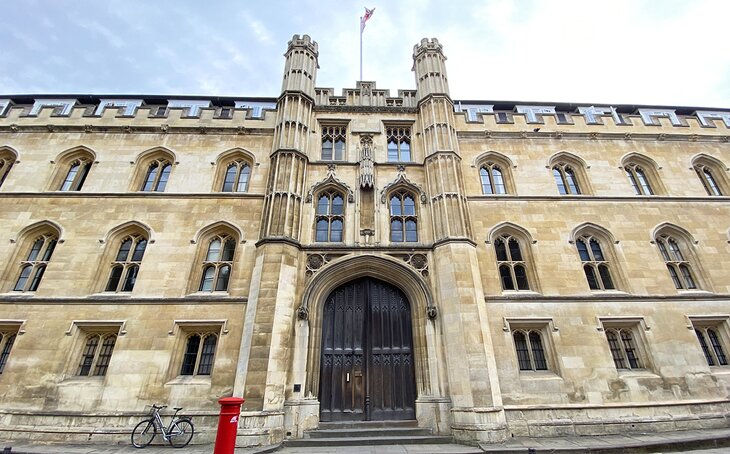
Corpus Christi College was founded in 1352 "by the townspeople for the townspeople." Its oldest section, Old Court, dates back to 1377, although it has since been restored.Notable features include the library, which contains many valuable manuscripts collected by Matthew Parker, Archbishop of Canterbury (1550).
Also worth noting is the adjoining St. Benet's Church, which was the original college chapel and is notable for its late Saxon tower.
Dramatists Christopher Marlowe (1564-93) and John Fletcher (1579-1625)are among the best-known alumni of the college. The college is available for summer accommodations, and has become popular for events such as weddings.
Address: King's Parade, Cambridge
Official site: www.corpus.cam.ac.uk
St. John's College
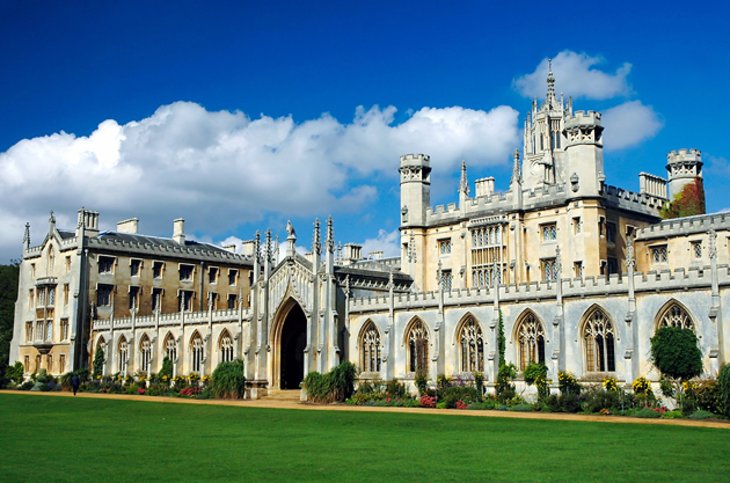
St. John's College was founded in 1511 by Lady Margaret Beaufort, mother of Henry VII. A richly ornamented gateway opens into First Court, a fine example of Tudor architecture. The dining hall of 1519, known simply as "The Hall," was enlarged with later buildings in 1826 and has an excellent hammer beam roof, beautiful paneling, and some fine portraits.
The Combination Room has a splendid plaster ceiling with festoons of vines. Second Court, built in 1602, is exceptionally attractive with its mellow brickwork, while Third Court includes the Library (1624).
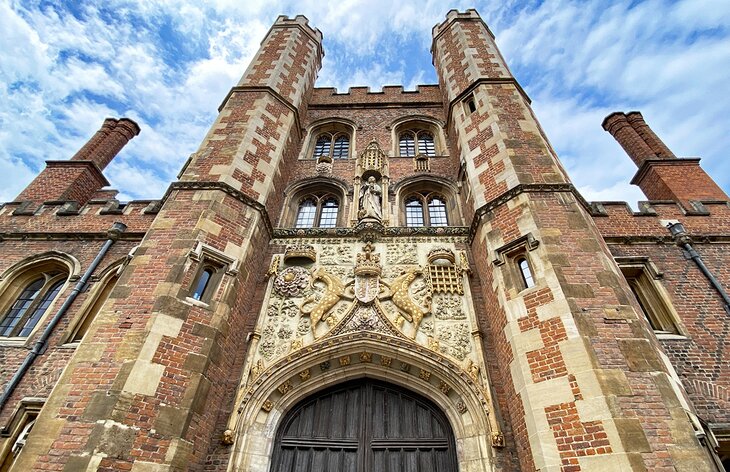
Among the many notable members of St. John's were dramatist Ben Jonson and poet William Wordsworth, who described his college rooms in his famous Prelude. Also visit the college's exquisite chapel, as well as the famous Bridge of Sighs. Built in 1831, this enclosed bridge leads over the Cam into New Court and the College Grounds.
Location: St. John's Street, Cambridge
Official site: www.joh.cam.ac.uk
Museums of Cambridge, Technology, and Science
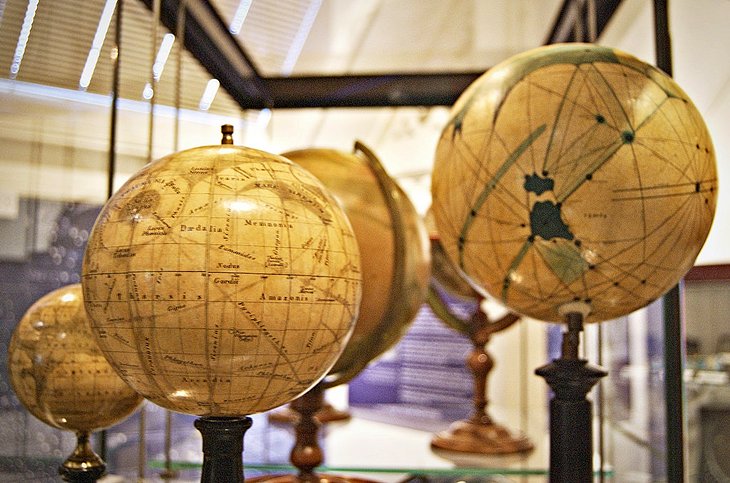
One of the most popular museums in Cambridge, the Museum of Cambridge has displays and exhibits focusing on the everyday lives of the local people from the 18th to the 20th centuries. Located in the old White Horse Inn, the museum features an extensive collection of artifacts, including coinage, costumes, medals, toys, and medicine. It also contains numerous interesting artworks.
Also worth visiting, the Cambridge Museum of Technology focuses on the county's industrial past. Housed in a Victorian pump house, the museum displays a working steam winch once used to haul ashes along a narrow gauge railway, plus a variety of other engines and a collection of antique printing equipment.
The Whipple Museum of the History of Science is also worthy of a visit for its fascinating collections of old scientific artifacts, including instruments and prints dating back as far as the 17th century.
Official site: www.museumofcambridge.org.uk
The Polar Museum at the Scott Polar Research Institute
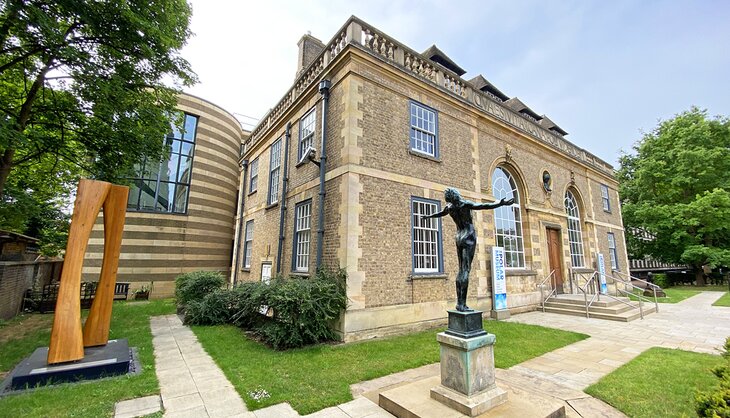
Located in the historic Scott Polar Research Institute (SPRI) building on Lensfield Road, the Polar Museum offers a fascinating glimpse into the exploration of the Earth's polar regions. In addition to its collections of photos, documents, and artifacts relating to epic polar expeditions by the likes of Captain Robert Scott, you'll also find maps and other display materials that provide interesting facts about the North and South Poles.
One of the top free things to do in Cambridge, the Polar Museum is also home to an impressive collection of art relating to the exploration of the polar regions.
Address: Lensfield Road, Cambridge
Official site: www.spri.cam.ac.uk/museum/
The National Horse Racing Museum
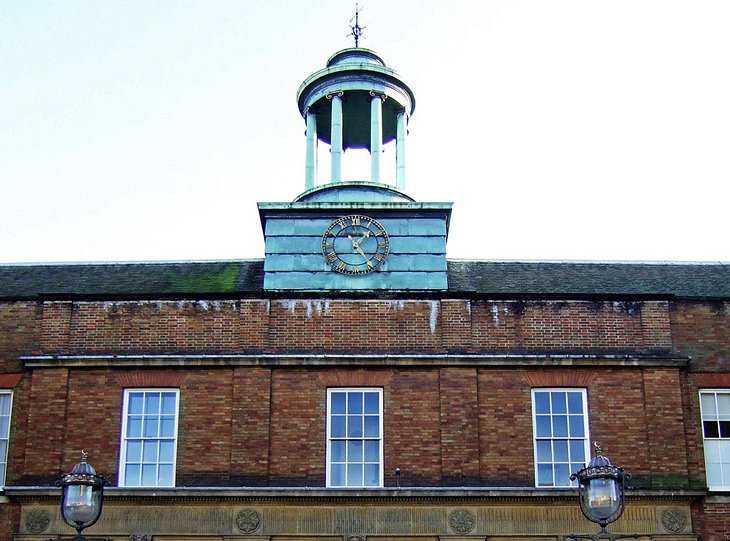
Just 13 miles east of Cambridge, the market town of Newmarket has been a center of English horse racing since 1174. Horse fans will enjoy visiting the National Horse Racing Museum on the picturesque High Street. Exhibits relate to the history of the "sport of kings," still one of the most popular sports in Britain.
The collection includes paintings of famous horses and jockeys, old saddles, tack, and trophies. There are several stables actually in the town, not to mention the famous racecourse and training "gallops" close by.
Address: 99 High Street, Newmarket, Cambridgeshire
Official site: www.palacehousenewmarket.co.uk

